

Little Winter Soldiers: Black-Capped Chickadees
These cute little birds are a lot tougher than they look! Black-capped chickadees have a few adaptations up their wings that help them survive Virginia winters.
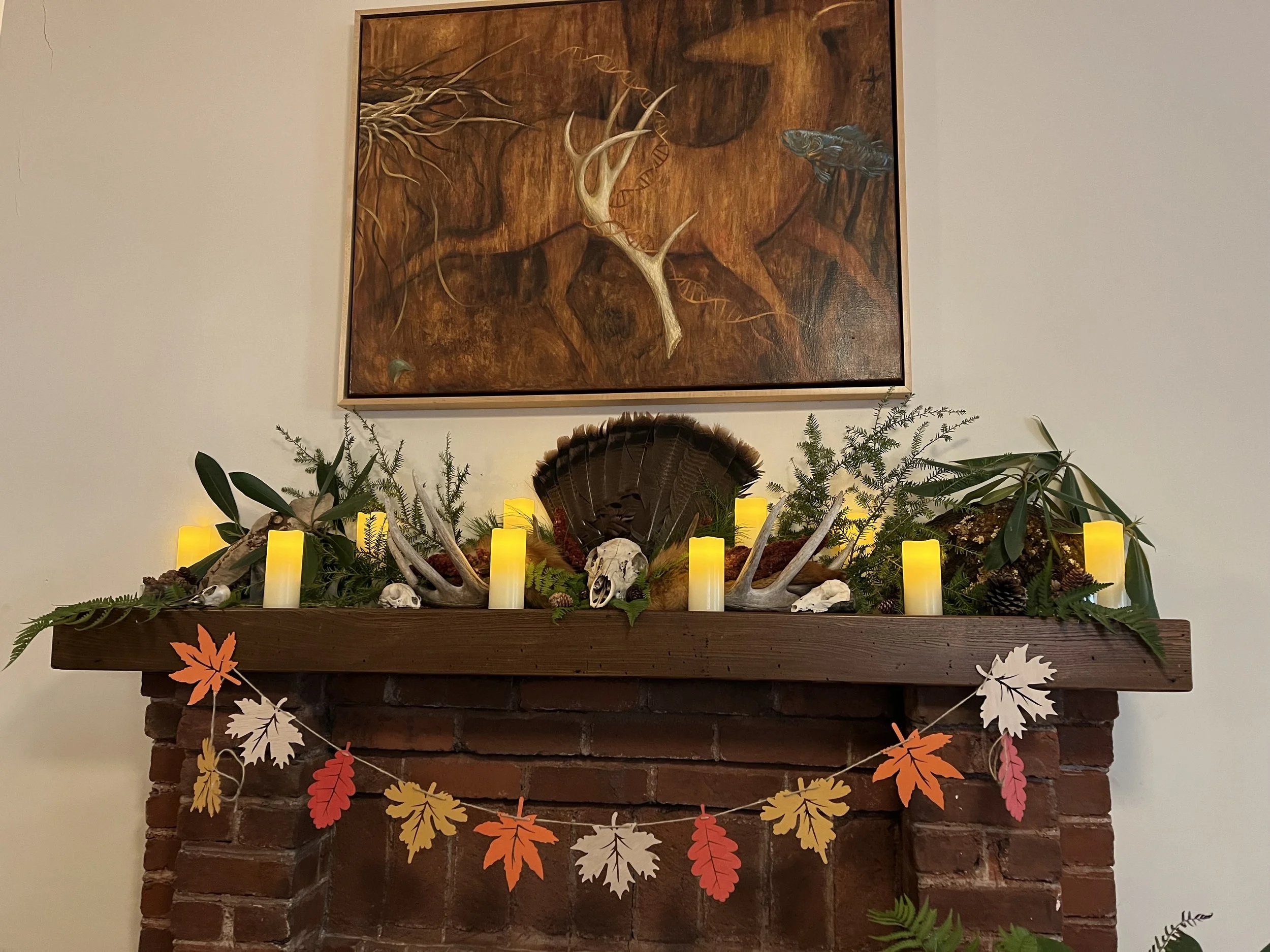
Centennial Celebration Recap
Our annual Friendsgiving Potluck was a success! This year we also celebrated the 100 year anniversary of the Schoolhouse with presentations by historian Ed David and personal accounts by KTS alumni. We wove our own stories into the history of this building by compiling a Time Capsule with instructions to open it in 2125!

Fall Phenology (Why Leaves Change Color)
Ever wondered why leaves turn such brilliant reds, oranges, and yellows in the fall? Or why trees in the mountains change color and dop their leaves before trees at lower elevations? Behind the beauty lies a fascinating science with a clear purpose.

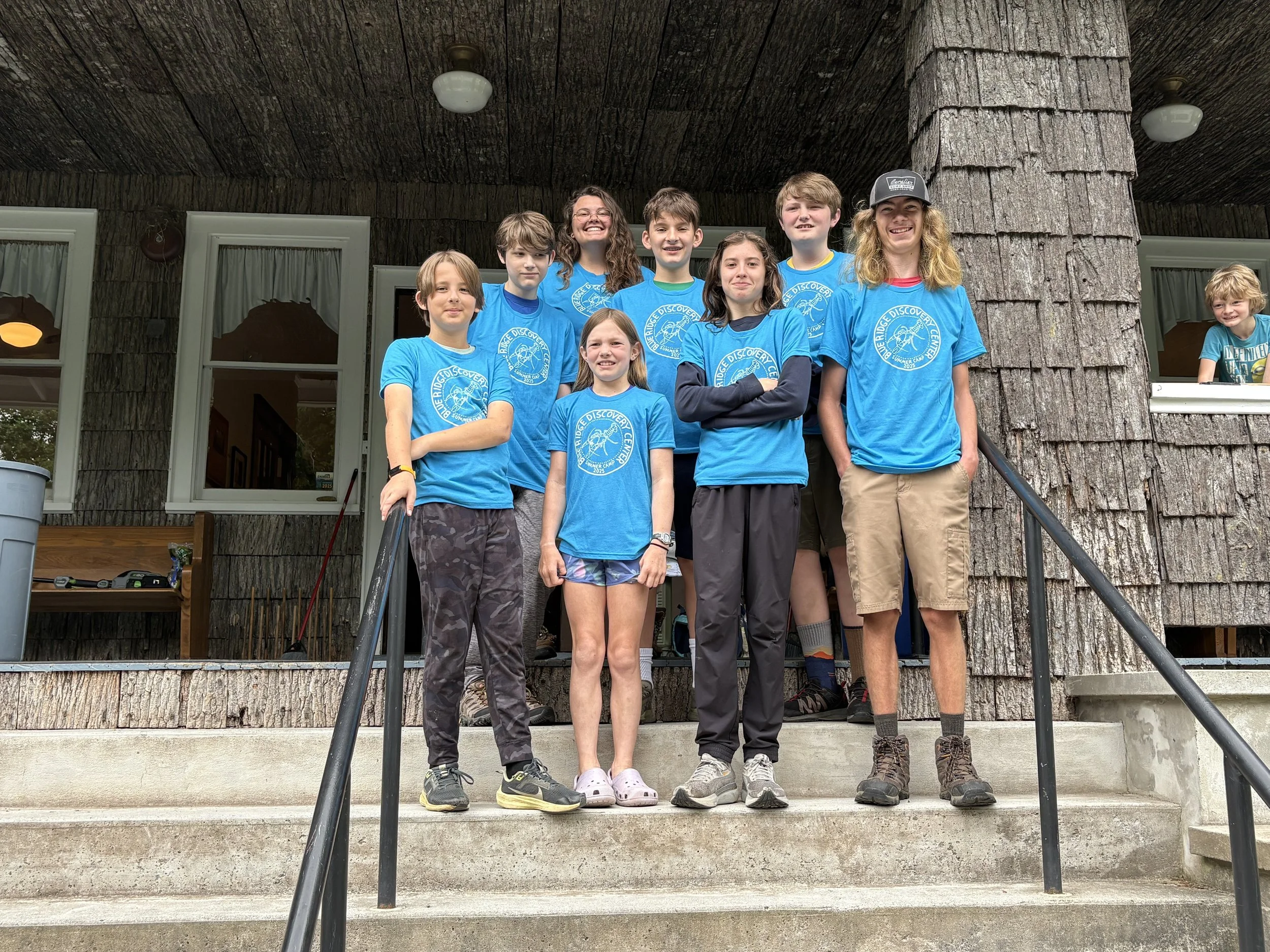
Summer Programs at BRDC
We’ve been busy bees this summer, between seven summer camps and the summer rally and Virginia Tech Wildlife Field Techniques course on campus this week!
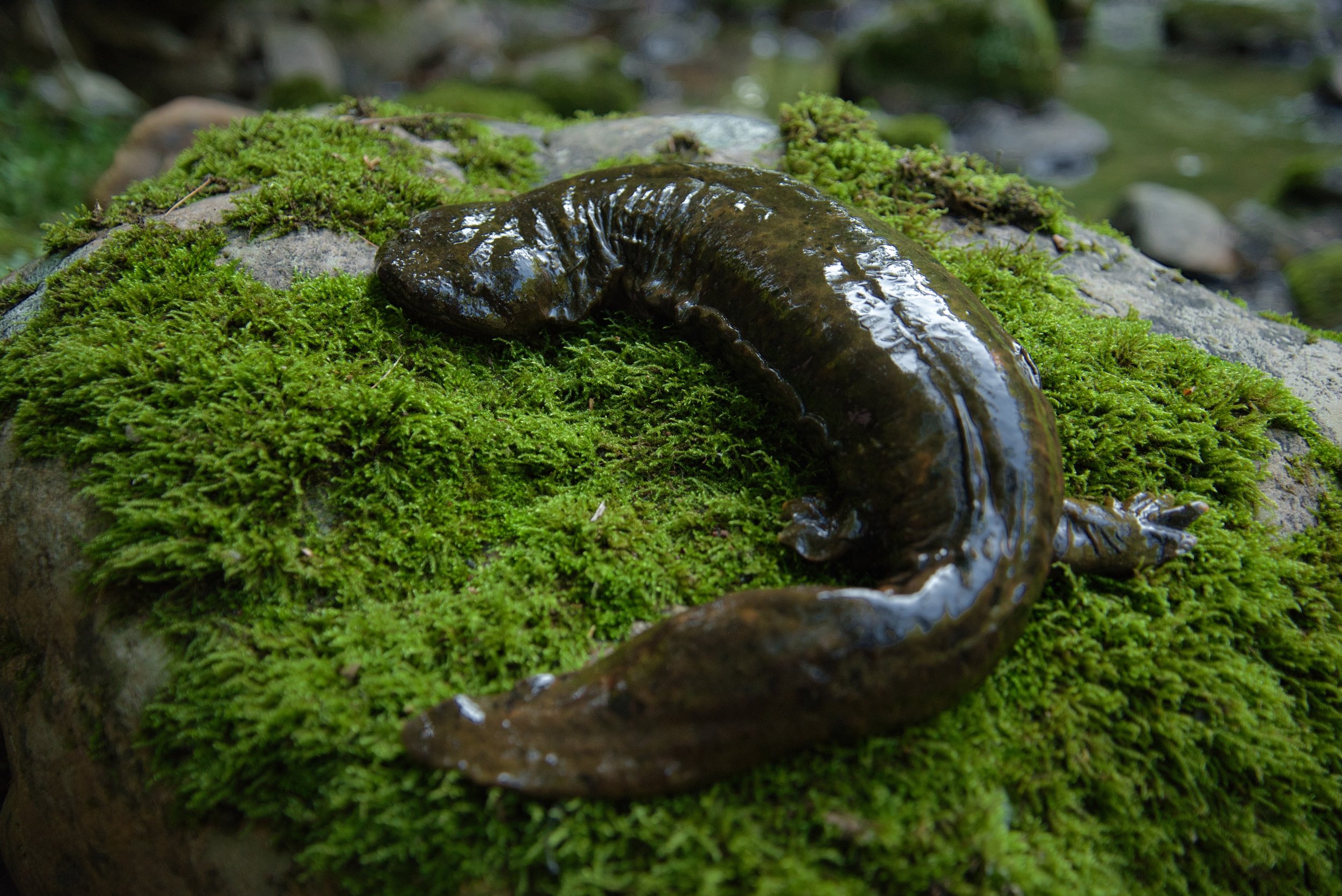
Hellbenders & Helene
Hellbender. Sounds like something out of a horror movie, right? With a flat head, tiny eyes, wide mouth, and long wrinkly body, hellbenders are certainly misunderstood and undervalued for the marvelous critters that they are–a unique regional treasure and an indicator species to overall ecological health.
Post Hurricane Helene and its devastating impact on southwest Virginia that began in late September of last year, people have been more curious than ever about what hellbenders are and how these animals are doing in the wake of such an unprecedented natural disaster.
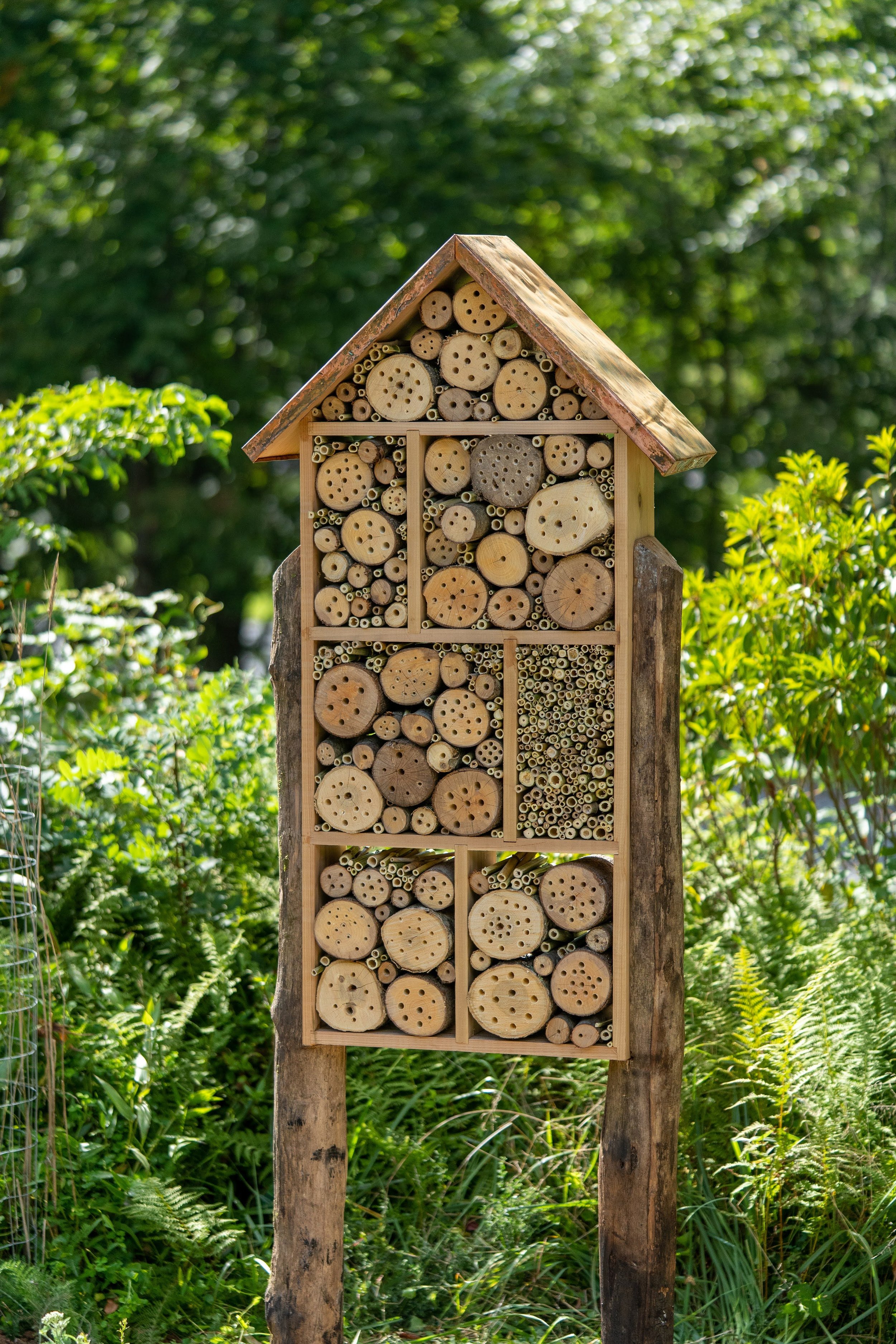
Build a Bee Hotel for World Bee Day
In honor of World Bee Day, we’re cleaning up our native bee home here at Blue Ridge Discovery Center! One way we can support native bees is by building a “bee hotel”. These structures supply plenty of nesting opportunities to a few of the local bees. Adding a bee hotel to your garden is a great way to interact with some of these native species, and it can be an attractive feature to showcase local biodiversity.

Wildlife Photography: Capturing Nature without Disruption
The art of photography an incredibly powerful and important tool for the conservation of biodiversity and education about the natural world—and the amazing thing is that anyone can do it. In this article we’ll discuss how to take great photos of wildlife with just your smartphone as well as give you beginner tips on how to use DSLR cameras and what types of lenses are best for wildlife photography.

Spring Ephemerals
Spring is in full swing in the Blue Ridge! We can tell thanks to the small, ground-dwelling plants that have started to bloom—the spring ephemerals! Spring beauty, Dutchman’s breeches, and trillium are among our favorites—keep reading for more info about these gorgeous short-lived wildflowers.

Signs of Spring at BRDC
March 20 marks the beginning of spring for the Northern hemisphere. It’s the vernal equinox; the day the sun rises on the North pole, we start having more than 12 hours of daylight, and the halfway point between the solstices. As the temperatures rise and the soil wets, new signs of life appear all around! Keep reading for some early spring appearances we've noted on campus.

Butcher Birds: The Loggerhead Shrike
When someone says the name “butcher bird,” what comes to mind? Do you think of a raptor with a hooked beak and strong talons to shred their prey apart? Or maybe an eagle with a chef’s hat, holding a butcher knife? Whatever does come to mind, it likely isn’t a songbird. But that’s exactly what the butcher bird is! Let me introduce you to the most deadly passerine in Virginia, the loggerhead shrike, A.K.A the butcher bird!
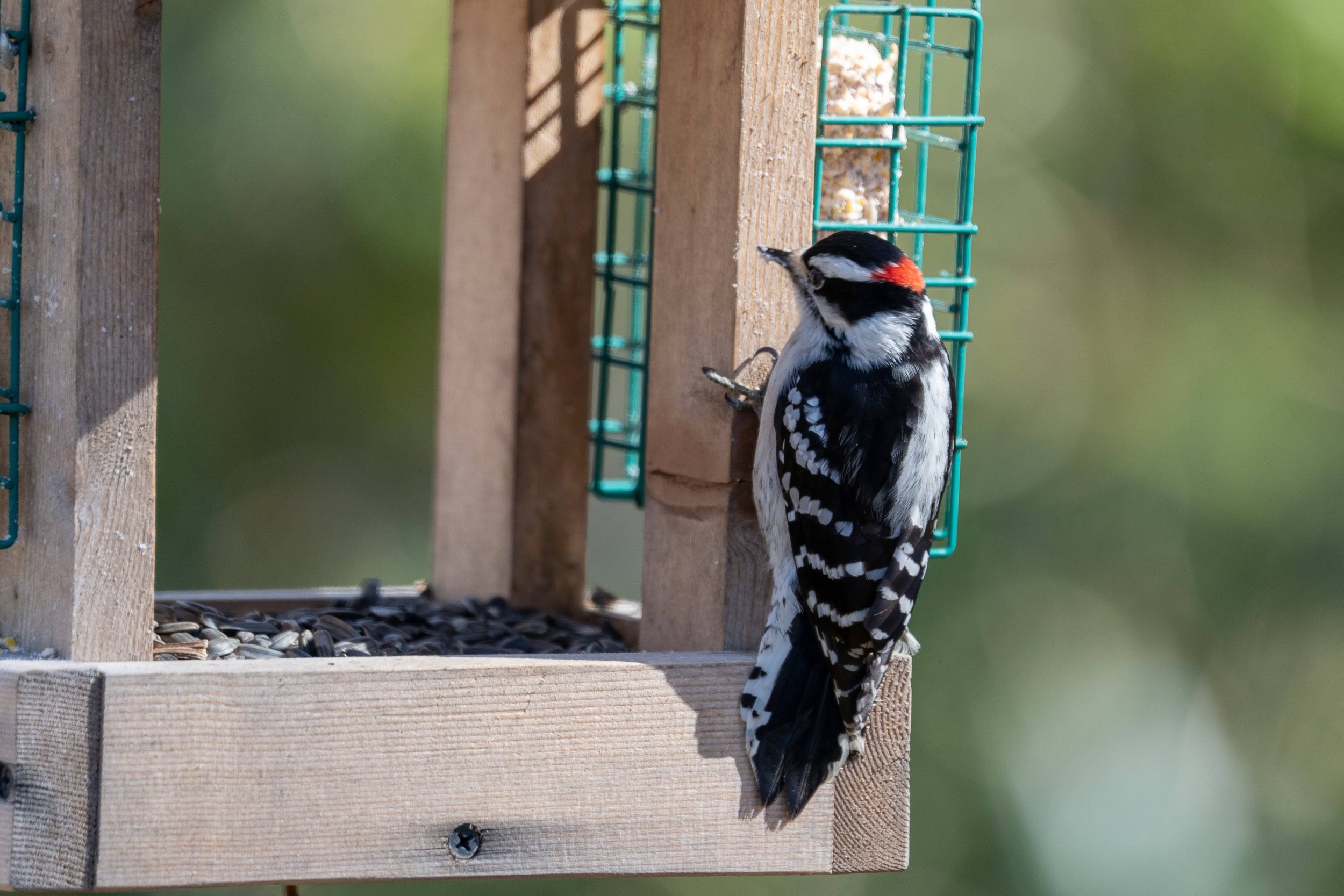
Native Woodpeckers of the Blue Ridge Mountains
Who’s that knocking on your door? Who else but your friendly, neighborhood native woodpeckers! Here in the Blue Ridge Mountains, we’re lucky to have six native woodpecker species. And while they may all have their own unique features, they do share some common characteristics. Have you seen them all?
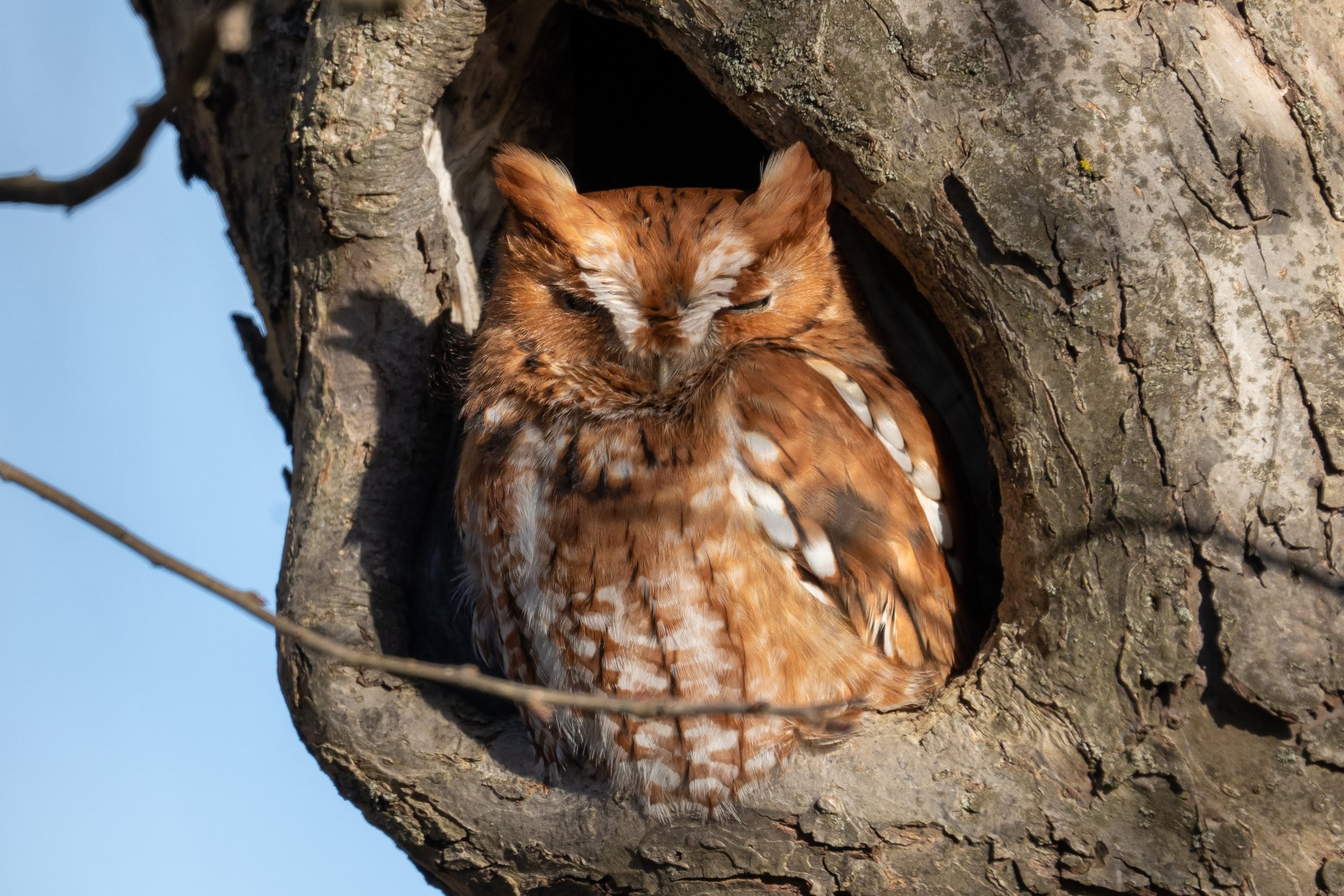
Hootin' in the Holler: Owls of the Blue Ridge
In the Blue Ridge mountains, one silent assassin reigns above all as the king of the night. Can you guess whoooooo?
The owl, of course! Old folklore associations marked owls as creatures of witchcraft and omen, and kinder modern stories characterize them as having great wisdom.
Either way, the impression they’ve left observant humans with for centuries is one of great cunning. Fitting, as owls are some of the most skilled predators in the Blue Ridge. Keep reading for a primer on our native owls!

Spruce Juice: How to Make Spruce Tea
Looking for some natural relief this cold and flu season? Try making spruce tea! Spruce tea is rich in vitamin C, a natural immune-booster, and its bright and citrusy flavor tastes a lot better than cough syrup.

Little Drummer Boy: The Ruffed Grouse
Ever been in the woods and heard someone trying to start a car? More likely it was just a male ruffed grouse “drumming” by beating its wings back and forth very quickly.

Birding at Burkes Garden
Last weekend, the Blue Ridge Birders and friends traveled to beautiful Burkes Garden looking for raptors and other winter resident birds.

How to Make Shagbark Hickory Syrup
For the human outdoor enthusiast, the cold and short winter days can be dreary. Fortunately, nature has a way of providing joy in all seasons. It’s wonderful weather for making a sweet treat: Shagbark Hickory syrup! If you’re looking for a fun snow day activity, desperately in need of a reason to get outside, or just hooked on foraging, making this sweet and smokey simple syrup will brighten your dark winter’s day.

Frozen Frogs: The Wood Frog's Unique Defense Against Winter Conditions
Arctic blast with its sub-freezing temperatures got you worried about all these critters in our lovely Blue Ridge mountains? You shouldn’t be! Many species have adaptations to help them survive winter conditions, but wood frogs have an especially incredible and effective method of surviving freezing temperatures—they freeze solid!

Recap: Virginia Fly Fishing and Wine Festival
Last weekend, BRDC staff attended the 24th annual Virginia Fly Fishing and Wine Festival. The convention brings together avid and beginner fly fishers alike and provides a place to learn about some of the great organizations and opportunities from around the state—even some international representation! All the while, attendees can enjoy tastings from Virginia wineries, breweries, and distilleries.

Fraser Firs in the Wild
So what’s the story behind Christmas trees? What species do we use for this treasured holiday tradition, and where do they come from? Read on and find out!